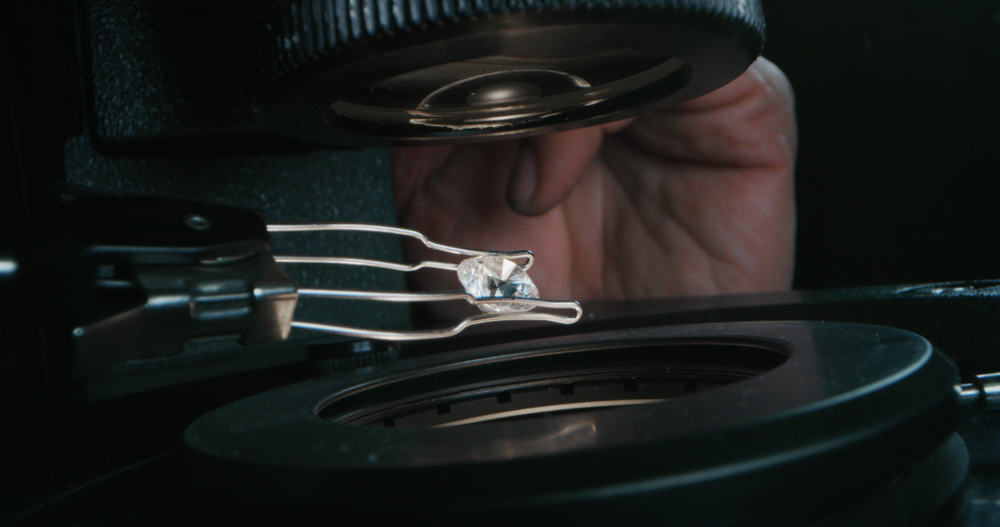They don’t make them like they used to — at all.
It can take natural diamonds over three billion years to grow, but researchers in a South Korean lab have successfully fabricated the precious stones in just 15 minutes.
The equipment they used didn’t rely on time-tested requirements for lab-grown diamonds like higher atmospheric pressure or starter stones, so the breakthrough could change the game.
In nature, diamonds form in geologic crucibles where pressure can be 50,000 times higher than at sea level. Temperatures soar to over 1,500˚C. If the precious stones ever make it through the 2,900km-thick mantle to the crust, they can only be had through arduous, extractive mining. The process can take anywhere from 1 to 3.3 billion years, from formation to extraction.
Of course, there’s an incentive to speed up the process. Seventeen percent of all diamonds on the global market are lab-grown, CNN reported, and the industry has expanded from $1 billion in 2016 to over $12 billion in 2022.

A “seed” diamond — the building block of a lab-grown diamond. Photo: Screenshot
Labs synthesize diamonds by (roughly) reproducing the same natural conditions in which the stones form. Technicians place a small starter (or seed) diamond in a chamber, then crank up the heat and pressure. They introduce liquid metal, such as iron, with carbon dissolved inside. The carbon separates from the metal under the intense forces, then gathers around the seed diamond to begin forming.
It’s called high-pressure and high-temperature (HPHT) and it produces about 99% of all lab-grown diamonds. But it comes with limitations. It’s a challenge to maintain the extreme heat and pressure, and it can take weeks to form an average diamond as big as a wooden match head.
And even with other fabrication methods, like chemical vapor deposition, you still need a seed diamond to start.
Not anymore. Rodney Ruoff, a physical chemist at the Institute for Basic Science in South Korea, helped pioneer a new lab technique for growing diamonds in minutes with homemade equipment.
Published April 24 in the journal Nature, the team’s findings describe a nine-liter chamber loaded with the element gallium. Once you flip the switch, it’s ready in 15 minutes. It can produce diamonds 15 minutes after that.
Rouff’s team tested several metal and gas cocktails inside the chamber on a hunt for efficiency. They determined gallium, an obscure metal that liquefies at just 30˚C, was a good catalyst. Unrelated research showed it could create methane as a byproduct, then cause graphene to form from the gas, according to LiveScience.
The rapid feedback loop then helped them determine that a gallium-nickel-iron-silicon mixture provided the best results.
They’re not sure yet, but the researchers think the silicon acts as a seed for crystallization. Carbon deposits onto it from catalytically-produced methane gas.
The technique uses a lower temperature (only 1,025˚C) than HPHT or any other known way to grow diamonds and requires no added atmospheric pressure.
Its one limitation — it can only produce tiny stones. Rouff’s team only managed to coax diamonds hundreds of thousands of times smaller than HPHT examples.

The team’s diamonds after 15 minutes, left, and 60 minutes. Scale bar: 500 nm. Photos: Rouff et al.
Diamond miners are safe for now. The new stones are too small for jewelry or any other commercial purpose. But that may not always be the case. Rouff began his research over a decade ago, and his outside-the-box thinking solved a problem that could now create rapid progress.
“Growth of diamond in liquid metal at moderate temperature and 1 atm pressure opens many possibilities,” the study said.






